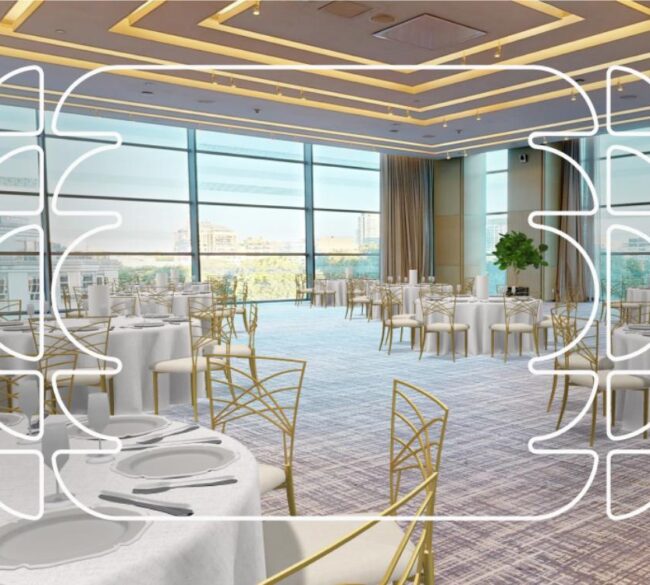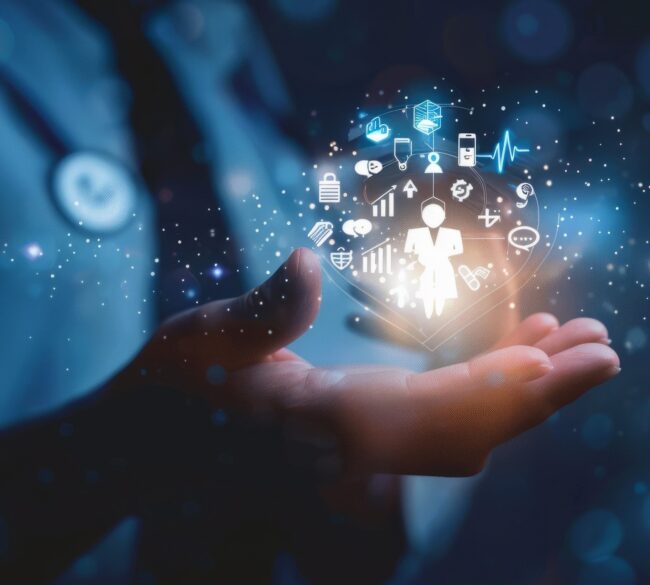Looks like you’re on the US site. Choose another location to see content specific to your location
Sustainable Event Planning: Leveraging Digital Twins for a Greener Future
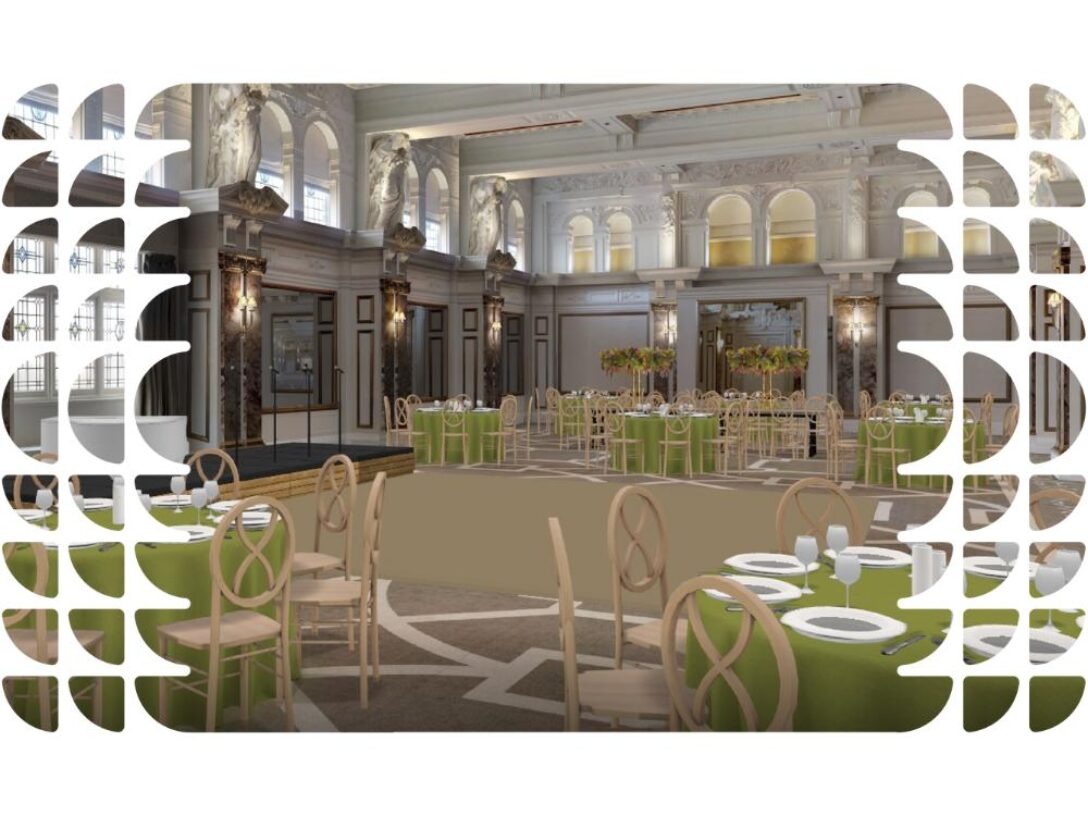
In this article
1. Definition and concept of digital twins
2. The power of digital twins: bridging the physical and digital realm
3. Importance of digital twins in sustainable event planning
4. Sustainability benefits of digital twins
5. Real-world application of digital twin in industries
6. The future of digital twins in event planning
In an era where sustainability takes center stage in global discussions, industries actively seek innovative solutions to minimize waste and optimize resource usage. Event planning, often associated with significant environmental impacts, is ripe for transformation, with ‘digital twins’ emerging as a promising solution. With digital twins, planners can explore numerous possibilities virtually, reducing the need for physical prototypes and wasteful iterations. This not only presents new opportunities for businesses and brands to drive positive change but also underscores the potential of digital twins as the future of sustainable event planning. We delve into the essence of digital twins, highlighting their pivotal role in promoting sustainability within event planning and their promising ability to bridge the gap between virtual innovation and tangible positive change.
Definition And Concept of Digital Twins
Digital twins are virtual replicas of physical objects, processes, or systems that provide real-time insights, predictive analytics, and optimization capabilities. By mimicking real-world entities, digital twins enable us to monitor, analyze, and optimize their performance virtually, ultimately leading to enhanced sustainability planning.
In event planning, digital twins refer to virtual replicas or simulations of physical event spaces, equipment, and setups that are created using advanced technologies such as 3D modeling, augmented reality (AR), and virtual reality (VR). These digital twins enable event planners to visualize and plan every aspect of an event, from venue layout and decoration to lighting and sound arrangements, without the need for physical prototypes. By leveraging digital twins, event planners can optimize event design, streamline logistical processes, and ensure a seamless experience for attendees. Technology providers offering digital twin solutions for event planning allow planners to create virtual event spaces, collaborate with teams, and test various event scenarios before the actual execution, enhancing the efficiency and effectiveness of event planning processes. With digital twins, planners can now explore multiple possibilities virtually, significantly reducing the need for physical prototypes and wasteful iterations.
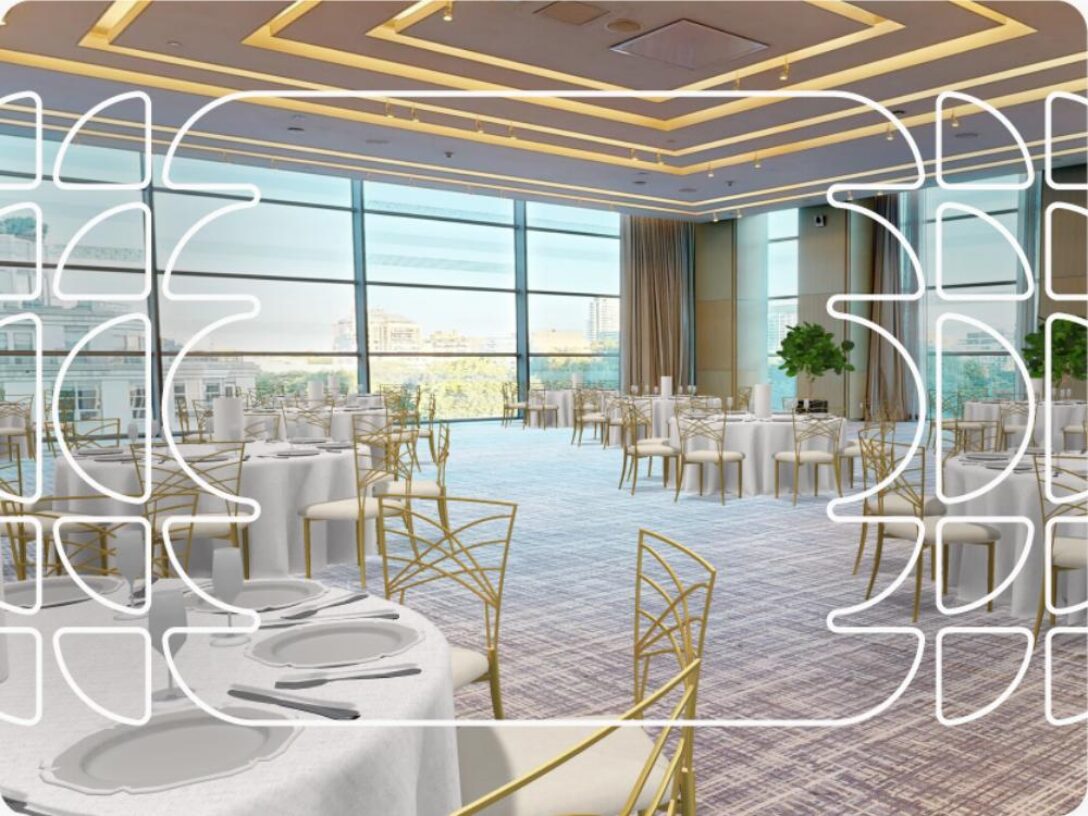
The Power of Digital Twins: Bridging the Physical and Digital Realm
In today’s rapidly advancing technological landscape, the concept of a digital twin has emerged as a revolutionary bridge between the physical and digital realms. Unlike a simple simulation or graphical representation, a digital twin encompasses several key characteristics that set it apart and make it invaluable across various industries.
At its core, a digital twin is built upon a physical product, system, or process, serving as its virtual counterpart. This virtual entity thrives on a seamless flow of information and connectivity with its physical counterpart, allowing for data exchange and real-time synchronization between the two. Through this interconnectedness, the digital twin can effectively store and trace data, enabling a comprehensive understanding of the physical entity’s behavior.
One of the most powerful aspects of a digital twin lies in its predictive capabilities. By simulating the physical entity’s characteristics and performance levels, the virtual twin can forecast potential outcomes and prescribe optimizations to enhance its real-world efficiency. Moreover, the digital twin plays an active role in monitoring, maintaining, and optimizing the operations of its physical counterpart, making it a valuable tool for industries seeking to streamline their processes and improve overall performance.
Importance of Digital Twins in Sustainability Event Planning
Traditionally, event planning relied on physical mock-ups and trial and error, resulting in suboptimal space and resource utilization. With digital twins, planners can virtually explore multiple possibilities, reducing the need for physical prototypes and wasteful iterations. This enables them to optimize space utilization, identify bottlenecks, and make informed decisions that maximize efficiency. Additionally, digital twins facilitate comprehensive resource optimization by simulating scenarios, analyzing real-time data, and making data-driven choices to minimize energy consumption, reduce water usage, and optimize waste management.
Digital twins are therefore instrumental in sustainability event planning, offering a comprehensive understanding of complex systems and enabling informed decision-making. They allow planners and venues to simulate and predict the environmental impact of various scenarios, leading to optimized resource utilization, reduced waste, and a minimized ecological footprint across industries.
Sustainability Benefits of Digital Twins
The sustainability benefits of digital twins are numerous. By optimizing resource utilization, digital twins help conserve energy, reduce water consumption, and minimize material waste. They enable precise monitoring and control of processes, leading to more efficient operations and lower greenhouse gas emissions. Digital twins also facilitate proactive maintenance, prolonging the lifespan of assets and reducing the need for replacements. Some compelling benefits they offer:
- Real-Time Insights and Predictive Analytics: Digital twins provide businesses with real-time insights into the performance of physical entities, helping identify areas for improvement and optimize resource utilization. Through predictive analytics, companies can forecast the impact of different sustainability initiatives and make data-driven decisions to reduce waste, conserve energy, and minimize their environmental footprint.
- Optimize Supply Chain processes: Brands can leverage digital twins to drive sustainability in several ways. One approach is using digital twins to optimize supply chain processes. By creating virtual replicas of supply chain networks, companies can identify areas of inefficiency, reduce transportation emissions, and implement sustainable sourcing practices.
- Product lifecycle management: By simulating and analyzing the lifecycle of a product, businesses can identify opportunities for improvement, reduce material waste, and design products with a smaller environmental impact. Additionally, digital twins enable companies to optimize energy consumption, improve operational efficiency, and implement sustainable practices within their facilities.
- Collaboration and Transparency: Digital twins foster collaboration and transparency across the value chain. By providing stakeholders with access to real-time data and insights, businesses can collaborate on sustainability initiatives, share best practices, and drive collective efforts toward a greener future. Digital twins enhance supply chain visibility, allowing companies to track the environmental impact of their partners and make informed decisions when selecting suppliers.
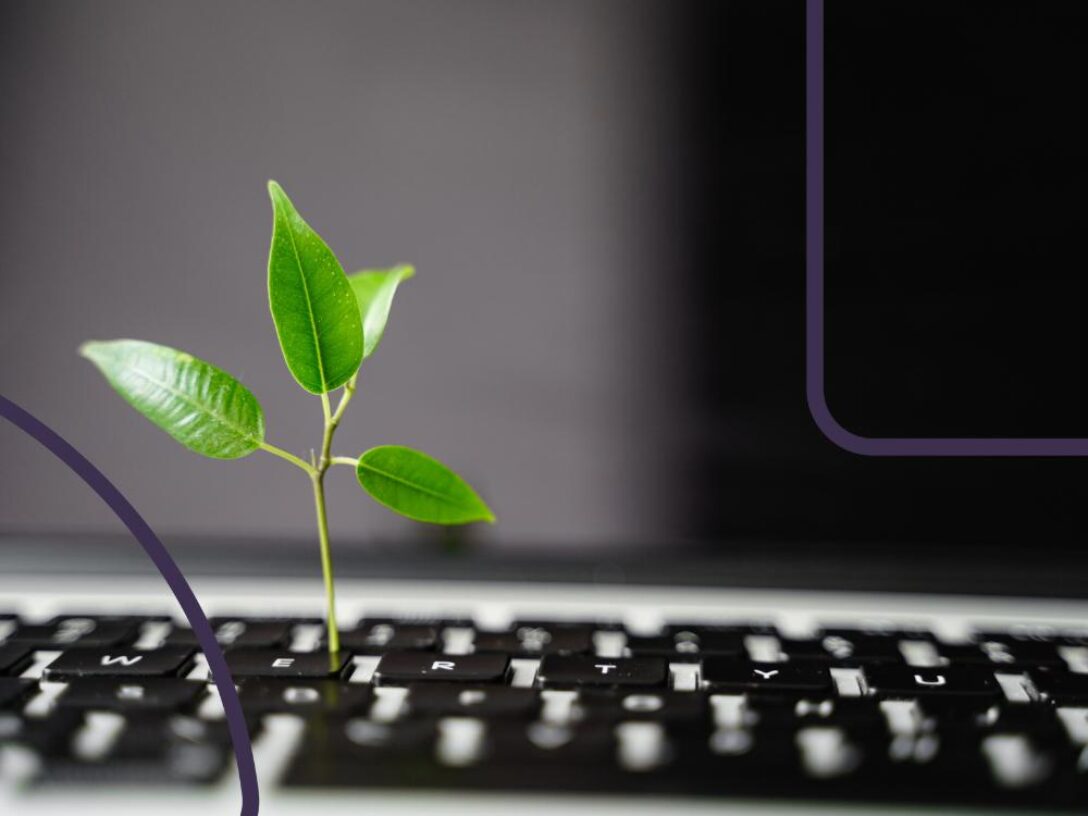
Real-World Applications of Digital Twins in Industries
Digital twins are making significant strides across diverse industries, revolutionizing sectors such as urban planning, manufacturing, energy, and transportation. With their practical applications, digital twins deliver tangible advantages and serve as catalysts for sustainable practices. These compelling examples demonstrate the versatility and impact of digital twins across various industries to provide valuable insights, promote informed decision-making, and pave the way for a more sustainable future:
- Event Planning: By providing virtual replicas of venues, allowing planners to optimize layouts and configurations in a virtual environment. This eliminates the need for physical prototypes and wasteful iterations, saving both time and resources. Digital twins are transforming the hospitality industry, particularly the hotel sector, by optimizing operations, enhancing guest experiences, and driving sustainability. Various hotels are already at the forefront of this innovation with their ‘digital hotel twins’ that enable immersive 3D venue tours. Event planning teams can gather virtually via video conference, saving time, money, and reducing carbon emissions. The digital twins facilitate collaborative decision-making and enhance efficiency in the planning process.
- Urban Planning: By creating virtual replicas of urban areas, including buildings, infrastructure, and environmental elements, urban planners can simulate and analyze different scenarios. This allows them to optimize the design and layout of cities, considering factors such as energy efficiency, waste management, and green spaces. Digital twins also facilitate the integration of smart technologies, enabling the development of sustainable and livable urban environments. This revolutionary concept aims to enhance the visualization and simulation of diverse urban development projects, simplifying the process for all stakeholders involved. From Gothenburg to Singapore, several cities have all created a digital city twin, so that urban planning can be carried out in a smarter and more efficient way, helping to build a better city for its inhabitants.
- Manufacturing: By creating virtual replicas of production systems, companies can simulate and analyze different scenarios to identify inefficiencies and streamline operations. For instance, digital twins in manufacturing enable predictive maintenance by monitoring equipment in real-time, identifying potential issues before they cause costly breakdowns. This helps reduce energy consumption, minimize material waste, and ensure efficient production processes.
- Energy: In the energy sector, digital twins facilitate efficient power generation, distribution, and consumption. By creating virtual replicas of power plants and grids, energy companies can simulate and analyze the performance of various components. This enables them to identify opportunities for energy optimization, integrate renewable energy sources effectively, and ensure grid stability. Digital twins also enable proactive monitoring and analysis of energy usage, allowing companies to identify energy-saving opportunities and reduce their carbon footprint.
- Transportation: In the transportation industry, digital twins facilitate intelligent traffic management and infrastructure design. By creating virtual replicas of road networks, traffic patterns, and public transportation systems, transportation authorities can analyze and optimize traffic flow, reduce congestion, and minimize fuel consumption. Digital twins also enable the simulation of alternative transportation scenarios, such as the integration of electric vehicles or the implementation of smart transportation systems, to achieve sustainable urban mobility.

The Future of Digital Twins and Sustainability Planning
The future of digital twins holds immense promise, particularly when it comes to sustainability planning. As we stand at the cusp of a technology-driven era, the integration of digital twins into various industries is reshaping the way we approach challenges and create solutions. The ability of digital twins to bridge the physical and digital realms, predict outcomes, and optimize performance makes them indispensable tools for sustainability planning. The virtual replicas of physical objects, processes, or systems offer businesses the opportunity to optimize resource utilization, reduce waste, and foster sustainable practices. By leveraging the capabilities of digital twins, companies can also align their efforts with the United Nations’ Sustainable Development Goals (SDGs) and make a significant impact on global sustainability initiatives.
From optimizing energy consumption to implementing responsible production practices, digital twins offer a pathway for businesses to drive positive change and actively contribute to the achievement of the SDGs. With their potential to revolutionize sustainability planning, digital twins represent a powerful tool for businesses to align their practices with global sustainability goals and create lasting environmental benefits.
As technology continues to evolve, we can expect digital twins to become even more sophisticated, with real-time data feeds, machine learning algorithms, and advanced analytics. The integration of digital twins with other emerging technologies like blockchain and augmented reality can further enhance their capabilities. With increased adoption, digital twins have the potential to revolutionize sustainability planning and foster a more sustainable future.
In the face of climate change and its far-reaching consequences, sustainability planning is no longer just a choice; it is a necessity. Embracing digital twins as strategic allies in this endeavor will not only lead to more eco-friendly practices but also drive economic growth through resource optimization and improved productivity.
This year, sustainability is a top priority for 90% of event planners, and eco-friendly practices and venues will be preferred. If you’re looking to harness the potential of digital twins for your sustainability planning requirements, Prismm captures a true-life digital representation (a digital twin) of physical environments with an immersive spatial design technology platform that transcends the limitations of a real space. Able to show the full spectrum of potential layouts, organizations can edit the digital twin to match the customer’s requirements exactly. Businesses can now plan, design, and visualize spaces in unity with customers — wherever they are. If you want to explore the Prismm platform, contact us here for a demonstration.
Learn more about Prismm


